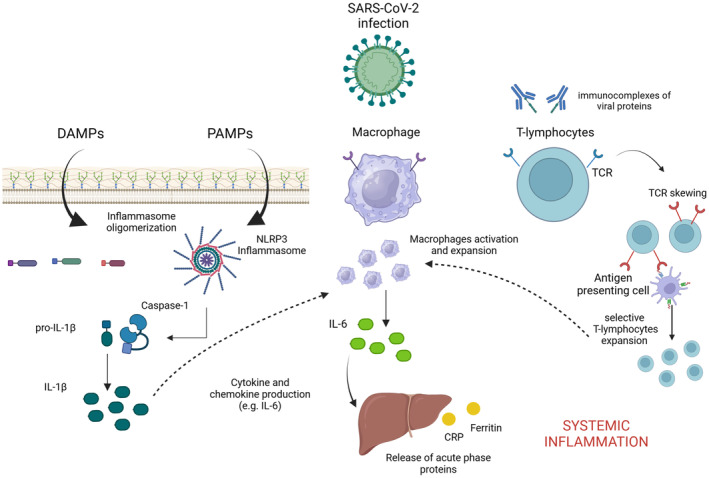Figure 1. Main pathophysiological mechanisms implicated in multisystemic inflammatory syndrome in adults (MIS‐A) with cardiac involvement.

Immune dysregulation is a key pathogenetic mechanism underlying MIS‐A with cardiac involvement. Both adaptative and innate responses are involved in this process. Immune innate response is activated by viral damage‐associated molecular patterns (DAMPs) and pathogen‐associated molecular patterns (PAMPs) that induce nucleotide‐binding domain, leucine‐rich–containing family, pyrin domain‐containing (NLRP) inflammasome activation and interleukin (IL)‐1β production from its proactive form by caspase‐1. IL‐1β is responsible for the production of chemokines and cytokines, such as IL‐6. IL‐6 is produced mainly by activated macrophages and dendritic cells and may induce the production of different acute‐phase response proteins (eg, CRP [C‐reactive protein] and ferritin), initiating the systemic spread of the inflammatory process. Finally, the adaptative immune response is also involved. Indeed, circulating viral proteins included in immune complexes may elicit T‐cell receptor (TCR) skewing, which leads to a rearrangement of the TCR molecular process that gives the T lymphocyte a specific selectivity to recognize the major histocompatibility complex–bound proteins, causing nonspecific T‐cell activation and massive cytokine release responsible for the hyperinflammatory state.
